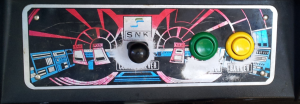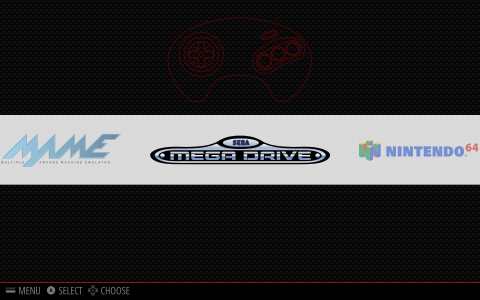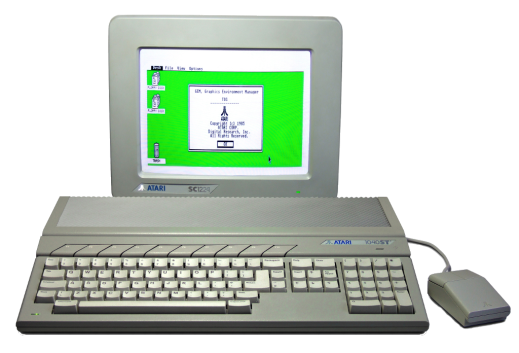Capturing Footage in Real-Time Without Additional Hardware from RetroPie’s Libretro Core Emulators
The following guide demonstrates how to enable the capture of real-time gameplay footage from various console systems available in the RetroPie emulator suite, a number of which can utilise the RetroArch framework to provide an integrated audio-video recording facility.
Implemented natively on a standard Raspberry Pi, this approach runs without the need for any external hardware (such as an Elgato capture-card).
Topics
- A Little Background Information
- A Note Before Proceeding
- Installing FFmpeg and Selected Codecs
- Rebuilding RetroArch to Enable FFmpeg Recording
- Checking FFmpeg has Been Enabled in RetroArch
- Activating the RetroArch Recording Features
- Performance Enhancements
- Streaming to Twitch
- Related Posts
- External Links
A Little Background Information
My motivation to undertake what has become a sizeable research, development, and experimentation, project grew from a simple desire to obtain recordings of emulators running under RetroPie. I’d previously managed to enable the audio-video feature provided by the Atari ST emulator, Hatari, and was hopeful that a software-only solution was feasible for other systems.
At time of writing this guide has been tested on RetroPie 3.7, 3.8.1, and 4 (rc-1) setups, all running on installations of Raspbian Jessie 2016-05-27, and RetroPie 4.0.3 installed on Raspbian Jessie with Pixel 2016-09-23
Searching for other emulators offering recording, I found only the non-Libretro variant of Fuse to have in-built facilities; whilst serviceable for capturing ZX Spectrum games, the audio-video files generated by the emulator are of a decidedly non-standard format.
Fundamentally it was my experiments when attempting to transcode footage of Technician Ted captured from Fuse, first with avconv, and later with FFmpeg, and a subsequent enquiry on the RetroPie forum, which spawned the series of articles which form this how-to guide.
For reference, the system used whilst researching this project was a Raspberry Pi 3, overclocked to 1300mhz (please see Overclocking the Raspberry Pi 3: Thermal Limits and Optimising for Single vs Multicore Performance for specifics).





















